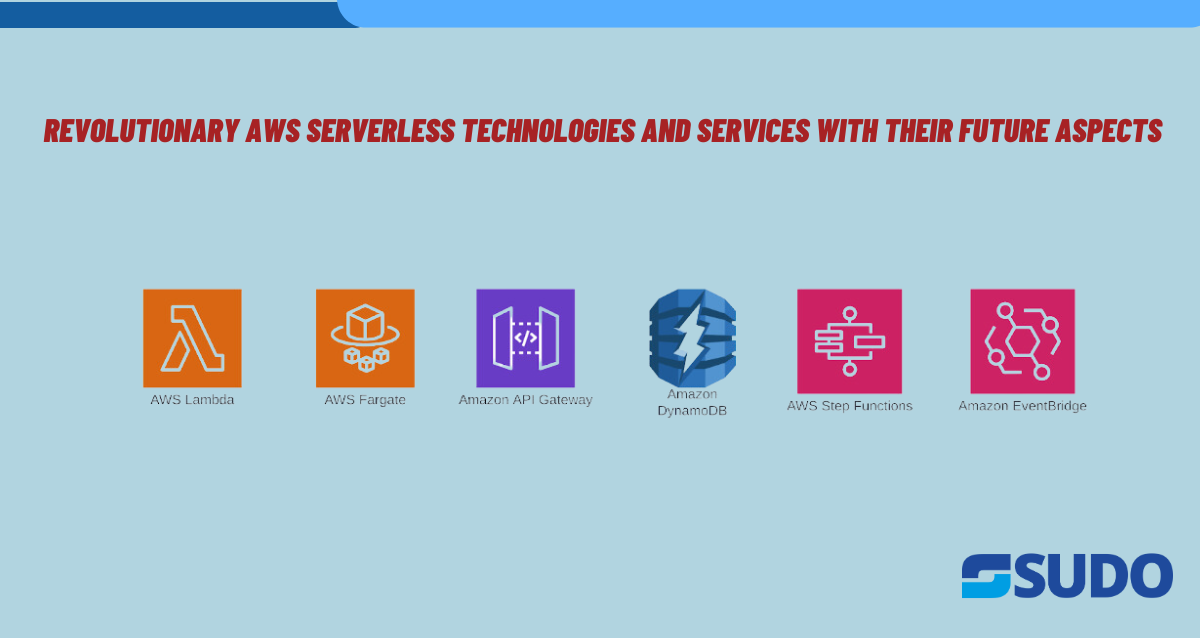
Cloud computing has transformed the IT industry drastically by providing on-demand access to computing resources such as servers, storage, databases, and software applications over the internet. This has drastically reduced the time and cost involved in setting up and maintaining an IT infrastructure.
Previously, organizations had to invest a significant amount of money and time in purchasing, configuring, and maintaining their own hardware and software infrastructure. This often led to the underutilization of resources and inefficiencies in managing the infrastructure.
With cloud computing, businesses can quickly provision computing resources and pay only for what they use. This enables them to scale up or down their computing needs as per their requirements, without the need for any upfront investment.
Moreover, cloud computing provides enhanced security and disaster recovery options, making it easier for businesses to protect their data and applications from security breaches or unexpected failures.
AWS offers several serverless technologies that are revolutionizing the way software is developed, deployed, and managed in the cloud.
Here are some of the key AWS serverless technologies and their prospects:
Important AWS Serverless Services
Let’s briefly discuss the above services one by one with their use cases accordingly:
1- AWS Lambda: AWS Lambda is a serverless computing service that allows developers to run code without provisioning or managing servers. It enables developers to build event-driven, serverless applications at scale. With the rise of microservices architecture, AWS Lambda is becoming an increasingly popular choice for building small, independent services that can be quickly deployed and scaled. The demand for AWS Lambda will likely grow in the coming years as more organizations adopt a microservices architecture.
2- AWS ECS (Elastic Container Service) is a fully-managed container orchestration service that helps you run, scale, and deploy Docker containers on AWS. Fargate is a technology used by ECS that allows you to run containers without having to manage the underlying infrastructure. With Fargate, you don’t need to provision or manage EC2 instances, as Fargate takes care of that for you.
When you use Fargate with ECS, you only need to define your container specifications, such as CPU and memory requirements, and Fargate will automatically launch and manage the container for you. This makes it easier to run and scale your containers without worrying about the underlying infrastructure.
Fargate is a serverless technology, which means you only pay for the resources you use while your containers are running. This can be more cost-effective than running EC2 instances, which require you to pay for the entire instance, even if you’re not using all the resources.
3- Amazon API Gateway: Amazon API Gateway is a fully managed service that makes it easy for developers to create, publish, and manage APIs. It allows developers to expose their AWS Lambda functions as APIs and enables them to secure and monitor those APIs. As more and more organizations adopt API-first development approaches, the demand for Amazon API Gateway is likely to grow.
4- Amazon DynamoDB: Amazon DynamoDB is a fast and flexible NoSQL database service that provides low-latency performance at any scale. It is fully managed, serverless, and automatically scales up or down to accommodate traffic. As the demand for high-performance, scalable databases grows, the popularity of Amazon DynamoDB is likely to increase.
5- AWS Step Functions: AWS Step Functions is a fully managed workflow service that makes it easy to coordinate distributed applications and microservices using visual workflows. It enables developers to build complex workflows that can be run as a series of steps. As more organizations adopt microservices architecture and event-driven workflows, the demand for AWS Step Functions will likely grow.
6- Amazon EventBridge: Amazon EventBridge is a serverless event bus service that makes it easy to connect applications using events. It enables developers to build event-driven architectures that can scale to handle any volume of data. As the demand for event-driven architectures grows, the popularity of Amazon EventBridge is likely to increase.
Generally, the demand for AWS serverless technologies will likely grow as more organizations adopt cloud computing and microservices architecture. AWS has positioned itself as a leader in the serverless computing space, and its suite of serverless technologies is well-suited to meet the needs of modern software development.